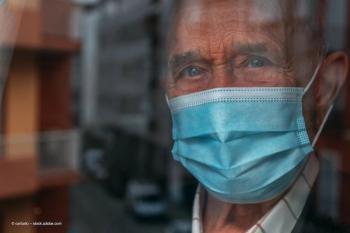
Should we be screening for amblyopia?
Amblyopia nearly doubles the lifetime risk of bilateral visual impairment.
Amblyopia nearly doubles the lifetime risk of bilateral visual impairment (BVI), according to a study published in the November issue of the British Journal of Ophthalmology.
Redmer van Leeuwen and colleagues from the Erasmus Medical Center, Rotterdam, The Netherlands conducted a study to determine whether the excess risk of BVI among subjects with amblyopia makes it worthwhile screening these subjects.
Risk was estimated by determining the incidence of BVI in the Rotterdam Study, a population-based cohort of subjects aged 55 years or over (n=5,220), including 192 individuals with amblyopia (3.7%). A multi-state life table was used to determine risk and excess periods spent with BVI.
It was found that, the relative risk of BVI for amblyopes was 2.6 (95% confidence interval 1.4-4.5). For subjects with amblyopia, the lifetime risk of BVI was 18% and they lived with this condition for an average of 7.2 years. For non-amblyopic individuals, these figures were 10% and 6.7 years, respectively.
Amblyopia nearly doubles the lifetime risk of BVI. The authors of this study therefore believe that the results can provide data for future cost-effectiveness analyses.
Newsletter
Get the essential updates shaping the future of pharma manufacturing and compliance—subscribe today to Pharmaceutical Technology and never miss a breakthrough.








































